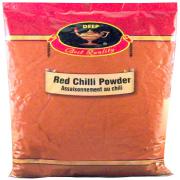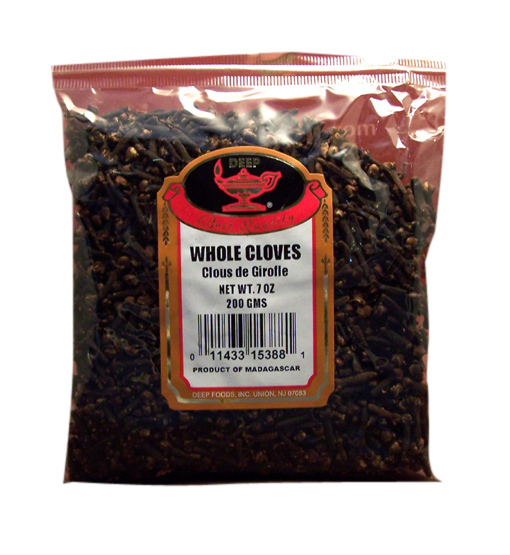
An amazing mix of flavors of Indian curries is easily manageable with three things: easy to go spicing, onion, ginger, and garlic. The mix should be just right If you are a newbie, you will start as a noob but definitely you will improvise.
An amazing mix is created with Indian spices which you will find them easily at a store with Indian spices online and a store with Indian groceries online.
Making Indian curries is simple
Mustard seeds, cinnamon, cumin seeds, and cloves are some of the entire spices that you can simply introduce in warm vegetables, sunflower-seed oil and groundnuts. You just have to fry these whole spices until they begin popping and sizzling. More often than not, the spices release their flavors as they pop and sizzle. Note that this is often the foremost effective way of beginning to prepare curry because it goes a long way to change the flavor of the spices used. Next, you should get asafetida, which is basically a tree-based gum that's ideal for adding garlic flavor to your curry. You can make it sizzle with the spices in hot oil for just a couple of seconds before adding other ingredients.
Here are some of the principles you can follow to master the curry making
Principle 1: Be gentle with your spices. Spices bring flavors along with a great texture to your favorite dishes. Most stores selling Indian spices online sell spices in misleadingly small containers. You'll buy bigger packets from Asian supermarkets, which can encourage you to spoon within the spices with a freer hand. (You can store them in the refrigerator to prevent them going stale.) Choose Quicklly to avail the best sized packs of Indian spices online.
Principle 2: Decide how you're getting to cook your onion, ginger, and garlic. This triumvirate provides the deep base flavor of most curries, like onion, carrot, and celery within the French tradition. (NB: garlic isn't necessary. Some Indians don’t prefer it completely on account of its pungency and it's often overlooked of food served at weddings to avoid offending guests.) Soften them without coloring for a lighter curry or cook them longer and caramelize for something richer and darker. Here are some spices you cannot miss in Indian cuisine.
Principle 3: Decide what can be a reason to get your curry its body. This may normally be one, or a mixture, of the following: tomatoes; pureed peppers or chilies; yogurt or cream; coconut milk; spinach, or finely diced or pureed onion.
Bear these principles in mind, and curry-making will become simple and pleasurable. You'll be liberal to improvise. You'll become the master of your very own curry matrix.
Patience is needed as the tomato puree cools down. Once your tomato sauce is cooled, you can mix coconut milk or any other fresh cream in the sauce. Remember, it’s always good to allow tomato sauce to cool down on itself which will prevent it from splitting. Make sure you season the curry with salt, sugar, and lemon juice as per the taste needs. Super tip: You can also mix a mashed potato to curry to make it even thicker.
You can also work with a variety of garnishes like poppy seeds, flaked coconuts, fresh pomegranate, and deep-fried chilies that are commonly found at Quicklly, your one-stop store to buy Indian grocery online.
Garam masala should be reserved for the last part of cooking. When used in the first stages, it'll easily blow out and lose its flavors. An easy sprinkling of garam masala at the top of the cooking is what you would like to conclude the cooking and serve a tremendous curry!








.jpg)











 USA
USA Canada
Canada